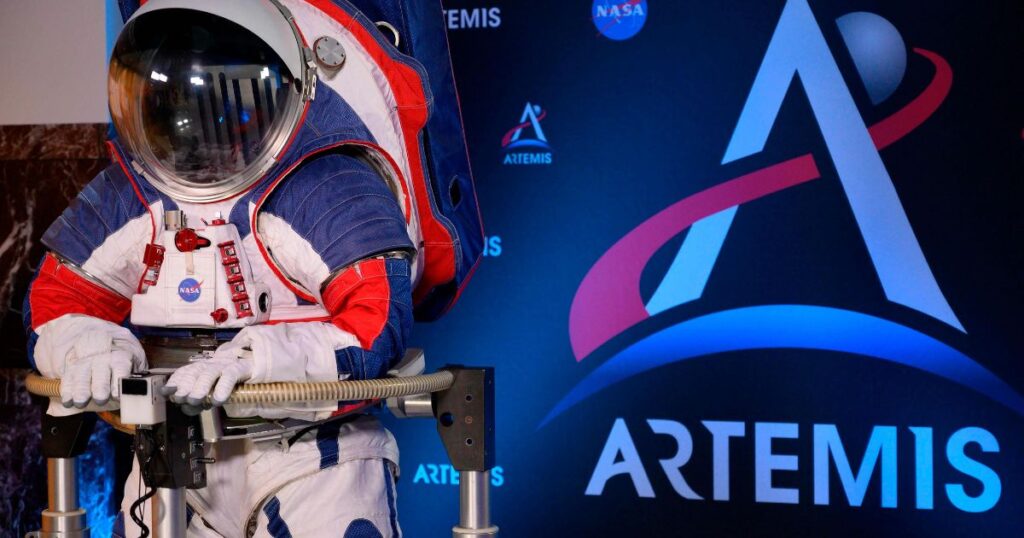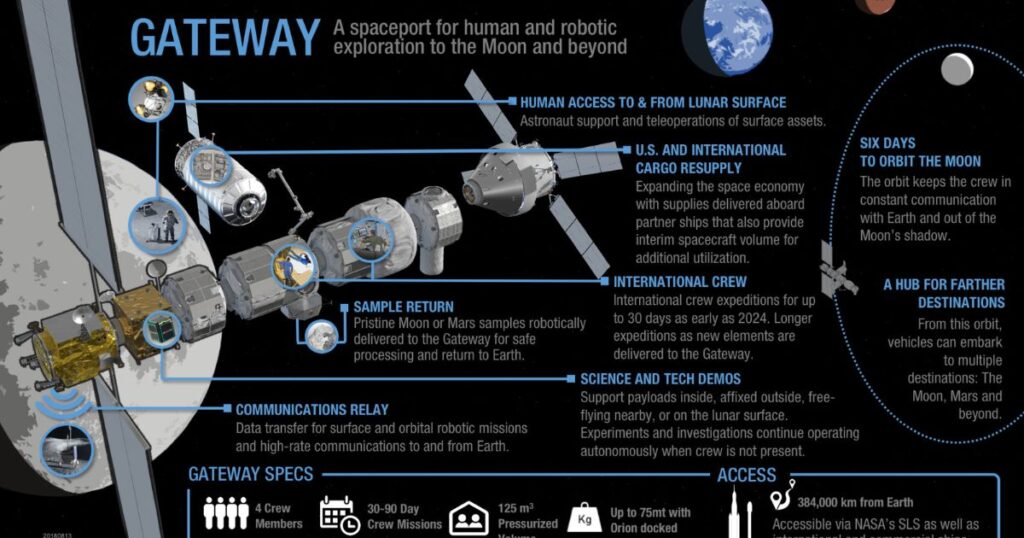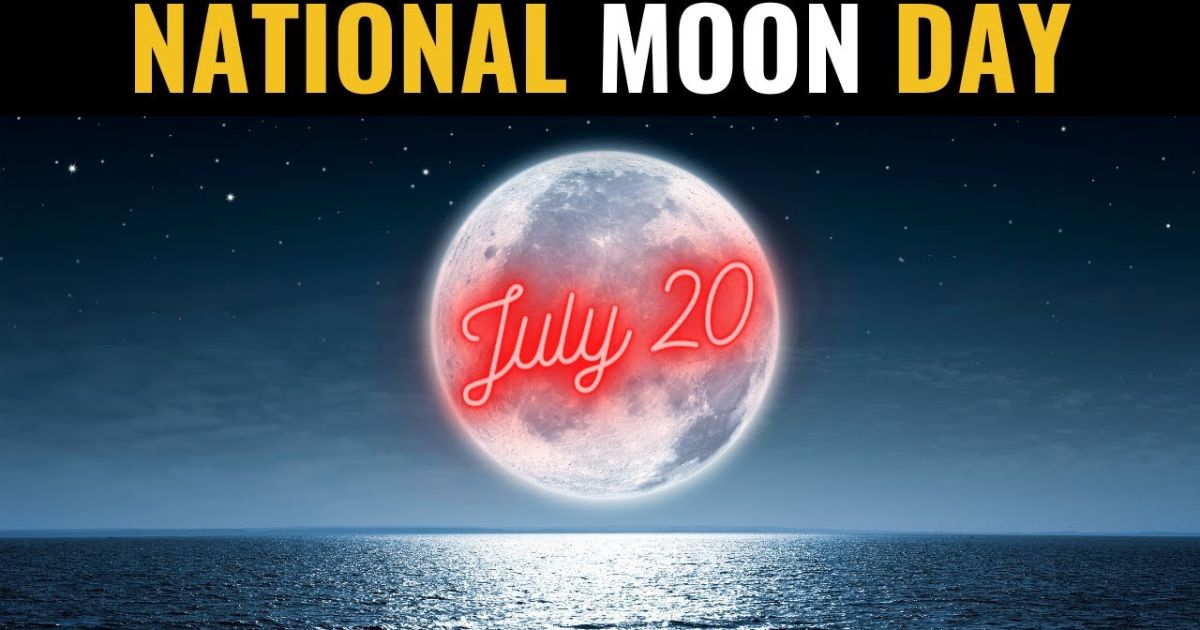International Moon Day is a relatively new global observance commemorating one of humanity’s greatest achievements: the first lunar landing. Established by the United Nations General Assembly in 2021, this annual celebration takes place on July 20th, marking the anniversary of the historic Apollo 11 mission in 1969 when humans first set foot on the Moon.
Read More: Digital News Planet
The Significance of International Moon Day
Honoring Past Achievements
International Moon Day serves as a reminder of the incredible feat accomplished by NASA and the international scientific community during the Space Race. It honors the dedication, ingenuity, and courage of the astronauts, scientists, and engineers who made the Moon landing possible.
Inspiring Future Generations
By celebrating lunar exploration, International Moon Day aims to inspire young people to pursue careers in science, technology, engineering, and mathematics (STEM). It highlights the ongoing importance of space exploration and its potential to drive innovation and scientific discovery.
Promoting International Cooperation
The Moon landing was a triumph for humanity, not just a single nation. International Moon Day emphasizes the importance of global collaboration in space exploration and scientific research.
The History of Lunar Exploration
Early Observations and Myths
Humans have been fascinated by the Moon for millennia. Ancient civilizations incorporated the Moon into their mythologies, religions, and calendars. The invention of the telescope in the 17th century allowed for more detailed observations of the lunar surface.
The Space Race
The mid-20th century saw a surge in lunar exploration efforts, driven by the Cold War competition between the United States and the Soviet Union. This period, known as the Space Race, led to rapid advancements in rocket technology and space science.
Key Milestones in Lunar Exploration

- 1959: Soviet Luna 2 becomes the first spacecraft to reach the Moon’s surface
- 1961: President John F. Kennedy announces the goal of landing a man on the Moon by the end of the decade
- 1966: Soviet Luna 9 achieves the first soft landing on the Moon
- 1968: Apollo 8 becomes the first crewed mission to orbit the Moon
- July 20, 1969: Apollo 11 lands on the Moon, and Neil Armstrong becomes the first human to walk on its surface
- 1972: Apollo 17, the last crewed mission to the Moon in the 20th century
Recent Developments in Lunar Exploration
Robotic Missions
Since the Apollo era, numerous uncrewed missions have continued to study the Moon. Notable recent missions include:
- China’s Change program, which has included orbiters, landers, and the first-ever landing on the far side of the Moon in 2019
- India’s Chandrayaan missions, including the discovery of water molecules on the lunar surface
- NASA’s Lunar Reconnaissance Orbiter, which has been mapping the Moon in unprecedented detail since 2009
Artemis Program

NASA’s Artemis program represents a renewed focus on lunar exploration. Its goals include:
- Landing the first woman and first person of color on the Moon
- Establishing sustainable lunar infrastructure for long-term exploration
- Using the Moon as a stepping stone for future Mars missions
The first uncrewed test flight, Artemis I, successfully launched in November 2022, paving the way for future crewed missions.
International and Commercial Initiatives
- The European Space Agency (ESA) is collaborating with NASA on the Artemis program and developing its lunar initiatives
- Russia and China have announced plans for a joint International Lunar Research Station
- Private companies like SpaceX, Blue Origin, and others are developing lunar landers and other technologies to support future missions
The Scientific Importance of Lunar Exploration

Geological Insights
Studying the Moon provides valuable information about the early history of our solar system and the processes that shaped the Earth-Moon system.
Astronomical Observations
The Moon’s far side, shielded from Earth’s radio interference, could be an ideal location for sensitive astronomical instruments.
Resource Utilization
Recent discoveries of water ice in permanently shadowed craters at the lunar poles have raised the possibility of using these resources to support long-term human presence on the Moon.
Technology Development
Lunar missions drive innovation in areas such as robotics, life support systems, and sustainable energy, with potential applications on Earth.
Celebrating International Moon Day
Educational Events
Many institutions organize lectures, workshops, and exhibitions focused on lunar science and exploration to mark International Moon Day.
Stargazing and Moon Observation
Astronomy clubs and planetariums often host public viewing events, allowing people to observe the Moon through telescopes.
Art and Cultural Activities
International Moon Day inspires various artistic expressions, from photography contests to musical performances celebrating lunar themes.
Online Engagement
Space agencies and scientific organizations typically use social media and online platforms to share lunar facts, images, and live events on International Moon Day.
The Future of Lunar Exploration
Establishing a Permanent Presence
Plans are underway to create a sustainable human presence on the Moon, including the development of habitats, power systems, and resource utilization technologies.
Gateway Station
NASA and international partners are working on the Lunar Gateway, a small space station in lunar orbit that will serve as a staging point for both robotic and crewed exploration of the lunar surface.
Commercial Opportunities
The growing interest in lunar exploration is opening up new commercial possibilities, from space tourism to lunar mining and manufacturing.
Preparing for Mars
Many see lunar missions as a crucial step in developing the technologies and experience needed for future human missions to Mars.
Challenges and Ethical Considerations
Environmental Impact
As lunar activities increase, there are growing concerns about preserving the Moon’s pristine environment and managing space debris.
Legal Framework
The Outer Space Treaty of 1967 provides some guidelines for lunar activities, but new international agreements may be needed to govern resource utilization and settlement.
Equitable Access
Ensuring that the benefits of lunar exploration are shared globally remains a challenge, particularly as commercial interests become more prominent.
Conclusion
International Moon Day serves as a powerful reminder of what humanity can achieve through determination, innovation, and cooperation. As we celebrate past accomplishments, we also look forward to an exciting new era of lunar exploration that promises to expand our scientific knowledge, inspire future generations, and perhaps fundamentally change our relationship with our cosmic neighbor.
FAQs:
1: Why is International Moon Day celebrated?
International Moon Day is celebrated to commemorate the historic first landing of humans on the Moon on July 20, 1969. It honors past achievements in lunar exploration, inspires future generations, and promotes global cooperation in space exploration.
2: Is Moon Day on July 21 or 20?
International Moon Day is officially observed on July 20, marking the exact date of the Apollo 11 lunar landing in 1969.
3: What is National Moon Day?
National Moon Day is another name for International Moon Day, celebrated on July 20 to commemorate the first Moon landing. It’s particularly observed in the United States but has gained international recognition.
4: Why is July 21 celebrated as Moon Day?
July 21 is sometimes mistakenly cited as Moon Day because it was early morning on this date in some time zones when Neil Armstrong first stepped on the Moon. However, the official International Moon Day is July 20.
5: Which day is called Moon Day?
July 20 is officially recognized as International Moon Day or Moon Day, commemorating the Apollo 11 lunar landing.
6: Is July 21 a full moon?
The date of the full moon in July varies from year to year. In 2024, the full moon will occur on July 21. However, this is coincidental and not related to Moon Day celebrations.
7: What is July’s moon called?
July’s full moon is traditionally known as the Buck Moon in North America. Other names include Thunder Moon and Hay Moon.
8: Is July full moon special?
While all full moons are special, July’s full moon isn’t typically considered more significant than others. Its significance can vary based on its exact position and any coinciding celestial events.
9: What is the July full moon called today?
The most common modern name for July’s full moon is the Buck Moon. However, it’s also known by other names in different cultures and traditions.
10: What moon month is July?
In the lunar calendar, July typically falls during the fourth and fifth lunar months, depending on the year and the specific calendar system used.
11: Why is the moon orange in July?
The Moon can appear orange at any time of year, including July, due to atmospheric conditions. When the Moon is low on the horizon, its light travels through more of Earth’s atmosphere, scattering blue light and allowing more red light to reach our eyes.
12: What is moon called today?
The Moon doesn’t have different names for different days. It’s simply called “the Moon.” However, its phases have names (like new moon, full moon, etc.), and full moons in different months have traditional names in various cultures.





